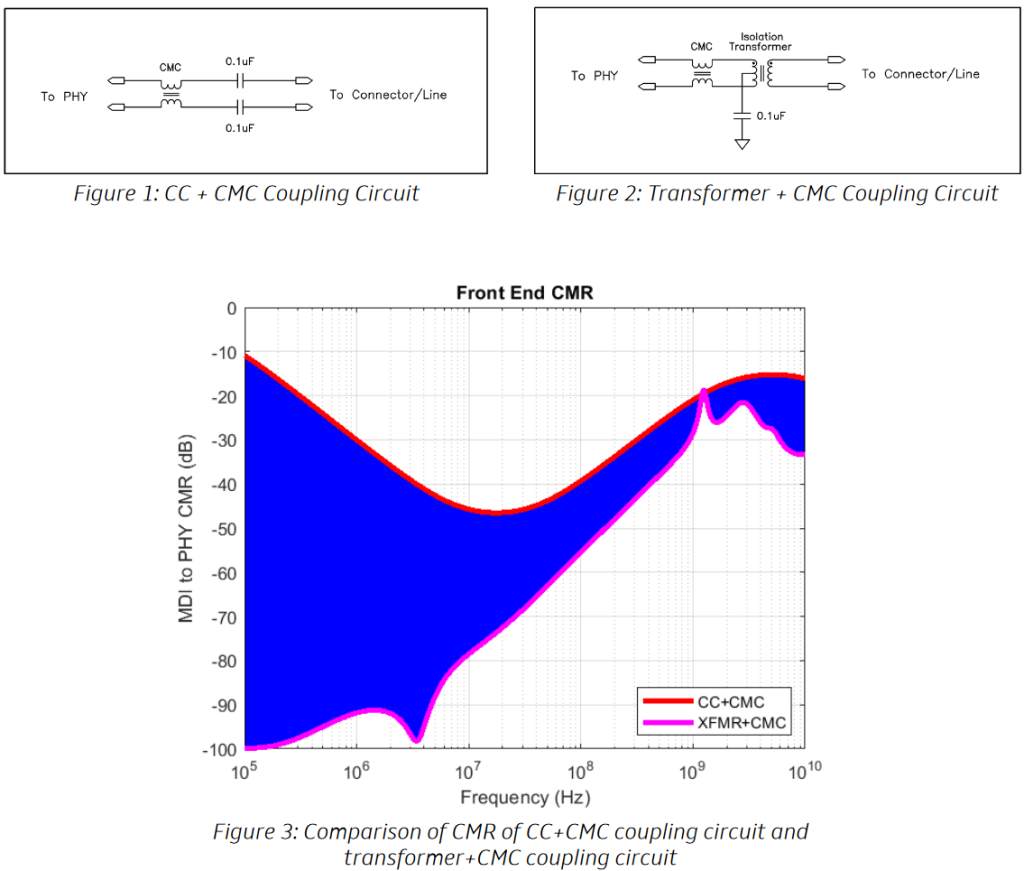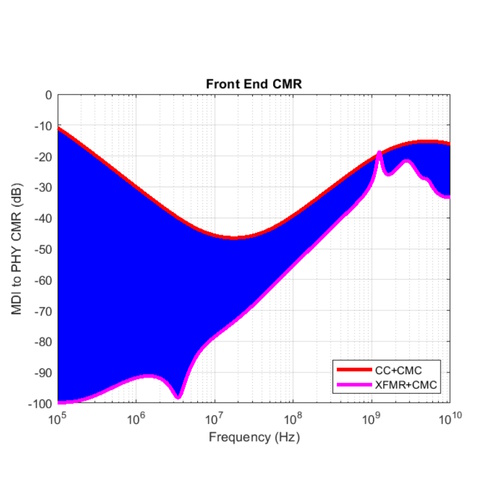Networking is an interesting topic. I wish I knew more about it. A lot of people don’t even think about the networks they are using so long as the piece of electronic equipment they currently want to play with works as planned.
The first time I came into contact with a network in the wild was sometime around the end of 1980 and the beginning of 1981. This was my first job after leaving university, working as a member of a team designing CPUs for mainframe computers at International Computers Limited (ICL) in Manchester, UK.
Although the machines we were designing were the size of large rooms, we did have access to small, table-top machines. I don’t know who made them, but they predated the first IBM PC. I used them to write small programs in Pascal, which is like C but different.
As we read on the Wikipedia: “Pascal is an imperative and procedural programming language, designed by Niklaus Wirth as a small, efficient language intended to encourage good programming practices using structured programming and data structuring. It is named in honor of the French mathematician, philosopher and physicist Blaise Pascal.”
You have to remember that computers from different manufacturers didn’t really talk to each other all that much in those days of yore. For example, most computers used American Standard Code for Information Interchange (ASCII) to represent text in computers, telecommunications equipment, and other devices. By comparison, IBM computers employed Extended Binary Coded Decimal Interchange Code (EBCDIC), which really didn’t help when communicating with non-IBM machines.
Just to increase the fun and frivolity, there were multiple flavors of EBCDIC (the number 57 just popped into my mind, but I don’t know if that’s the real number or not). Each new IBM computer used a different flavor of EBCDIC, which meant that even computers from the same manufacturer found it hard to talk to each other.
These days, as users, we don’t give a thought to the fact that—irrespective of their individual peculiarities—all the computers on the planet share data via the internet. But this is a relatively new phenomenon in the scheme of things. Returning to 1980/81, I remember being invited to attend a big demonstration one afternoon. I was told that “sandwiches will be served.” I was a young, poorly paid engineer. They had me at “sandwiches.”
This demonstration involved a mainframe computer from ICL and a small desktop machine manufactured by… someone else. These two machines were linked by a proprietary network. After a lot of waffle, which I didn’t really hear because I was busy eating sandwiches, the demonstrator created a text file using the mainframe computer. He then closed this file on the mainframe and… wait for it… wait for it… opened the same file up on the small computer. He made some edits using the small computer, closed the file, and… you guessed it, he opened it up again using the mainframe computer to reveal that the changes were still there.
“So what?” I hear you say. Well, all I can say is that this was big news at the time. So big, in fact, that all the big national newspapers of the day dispatched reporters from London (around 200 miles away, which equates to a day’s round trip in England) to attend this august event.
Speaking of Ethernet (we weren’t, but we are now), this has grown to be one of the ubiquitous networking standards, or protocols, or whatever. Like so many other things we take for granted, Ethernet was developed at Xerox PARC between 1973 and 1974. Again, from the Wikipedia: “Ethernet is a family of wired computer networking technologies commonly used in local area networks (LANs), metropolitan area networks (MANs), and wide area networks (WANs). It was commercially introduced in 1980 and first standardized in 1983 as IEEE 802.3. Ethernet has since been refined to support higher bit rates, a greater number of nodes, and longer link distances, but retains much backward compatibility.”
I don’t know much about Ethernet, other than the fact that I use an Ethernet cable to connect my computer to the internet router in my office. Having said this, I occasionally dismantle Ethernet cables as part of my hobby projects, because each cable contains four color-coded twisted-pair wires, which are great for noise immunity (which is why they do it in the first place).
Until recently, if you’d asked me, “How many wires are there in an Ethernet cable,” I would have replied, “I’m glad you asked. There are, in fact, four twisted pairs.” So, you can only imagine my surprise to discover that there’s such a thing as Single Pair Ethernet (SPE). It turns out that this dates to 2011 when Broadcom released its BroadR-Reach standard. The idea was to allow automotive manufacturers to standardize on an open, scalable 100Mbps Ethernet-based network protocol.
It also turns out that the use of SPE is exploding, having expanded out from automotive into aerospace, the internet of things (IoT), and the industrial IoT (IIoT) to name but a few. It goes without saying (but I’ll say it anyway) that all of these environments have one thing in common—THEY ARE NOISY (please forgive my having to shout).
The reason I now know all this stuff is that I was just chatting with Andy Ackland, who is the CTO of UWBX. Andy told me that—to combat received noise and to meet emission standards—a lot of developers are implementing their SPE front-end isolation using a circuit that is comprised of two capacitors and a common mode choke (CMC) as illustrated in Figure 1 below. This provides good common mode noise suppression from 10MHz and up, but it falls off pretty significantly below 10MHz.

Images from UWBX/Halo whitepaper (Source: UWBX/Halo)
By comparison, replacing the capacitors with an isolation transformer (Figure 2) can provide vastly improved common-mode noise rejection right down to DC and—when combined with a CMC—the noise rejection is acceptable across the entire frequency band (Figure 3).
Andy says that a lot of interference can occur at the low end of the frequency range, and that this is where their technology shines. He also says that what they’ve done with their technology that’s unique is to reach up into the top end of the frequency range and still have them work as transformers without too much loss.
I’m not an expert on this topic, but Andy says that engineers who design in this area will know that transformers are difficult to make for very high frequencies, which is why people have reached out to other technologies to try to make something that will work, with capacitive coupling being one example.
Andy told me that, “While there were transformer solutions that worked at 100Mbps, they didn’t work at 2.5Gbps until we came along a couple of years ago.”
Andy also asked me if I knew about electrostatic discharge (ESD). I replied (through gritted teeth) that ESD and I are old friends. Andy then informed me that another advantage of an isolation transformer is that—by placing a transformer center tap to ground on the line side—one can reduce the number of components needed for common mode and ESD dissipation.
Rather than being greedy, Andy’s company, UWBX, licenses its intellectual property (IP) and patents. For example, HALO Electronics is the second largest supplier of transformers in the Ethernet market in the world, and they license this UWBX IP.
It also turns out that Andy and Peter Lu, who is Director of Engineering at HALO Electronics, have written a whitepaper that explains all of this in delightful detail: Immunity from Interference for Single Pair Ethernet (SPE) in Noisy Environments.
I’m afraid that you will have to excuse me, because I need to read this whitepaper and learn more about the use of transformers with respect to their ability to mitigate noise and ESD issues with single pair Ethernet implementations. I don’t know why, but I have a sneaking suspicion that I will be hearing a lot more about the use of SPE in the not-so-distant future. How about you? Have you heard about, or have you used, SPE yourself?






Hey Max
I too worked for ICL, in Letchworth and Stevenage and I’m guessing that the table top machine you connected to was a Singer System 10, which had some rudimentary networking. Yes, that’s the same Singer that made the sewing machines and they were ahead of their time when ICL accquired them.
Take a look here: https://en.m.wikipedia.org/wiki/Singer_System_Ten
I programmed the automated functional test systems that ICL used around the world to repair faulty PCBs, the most challenging and fun work I ever had!
Hi John — I did some functional test too, but not at ICL. After I’d been there for about 18 months, two of the managers at ICL left to form their own company and they asked six of us on the team to join them. One of my first jobs there was writing functional PCB test programs to run on GenRad 2225 testers. Like you say, it was some of the most challenging and fun work I ever did!